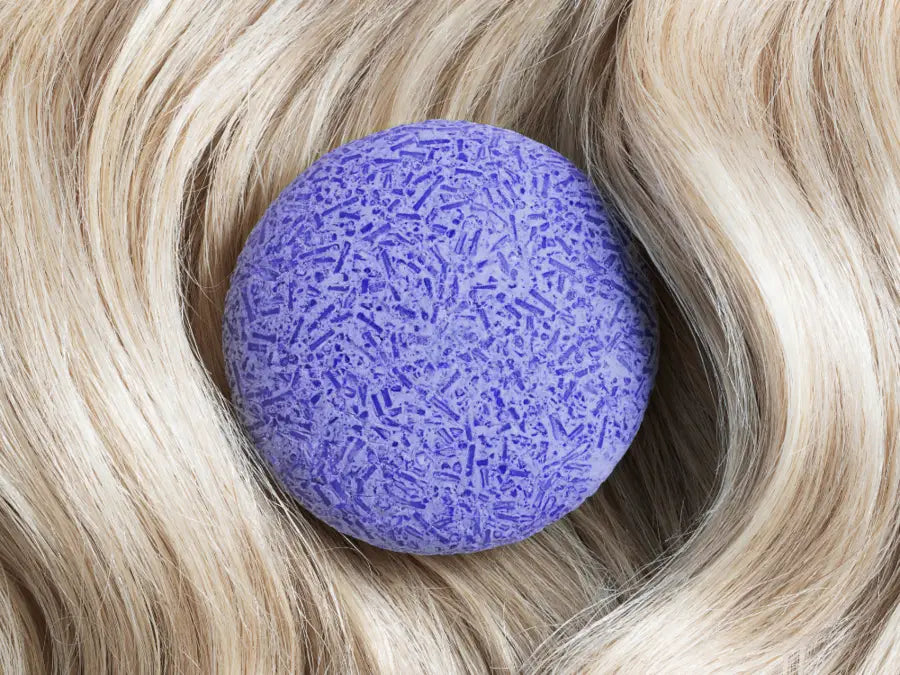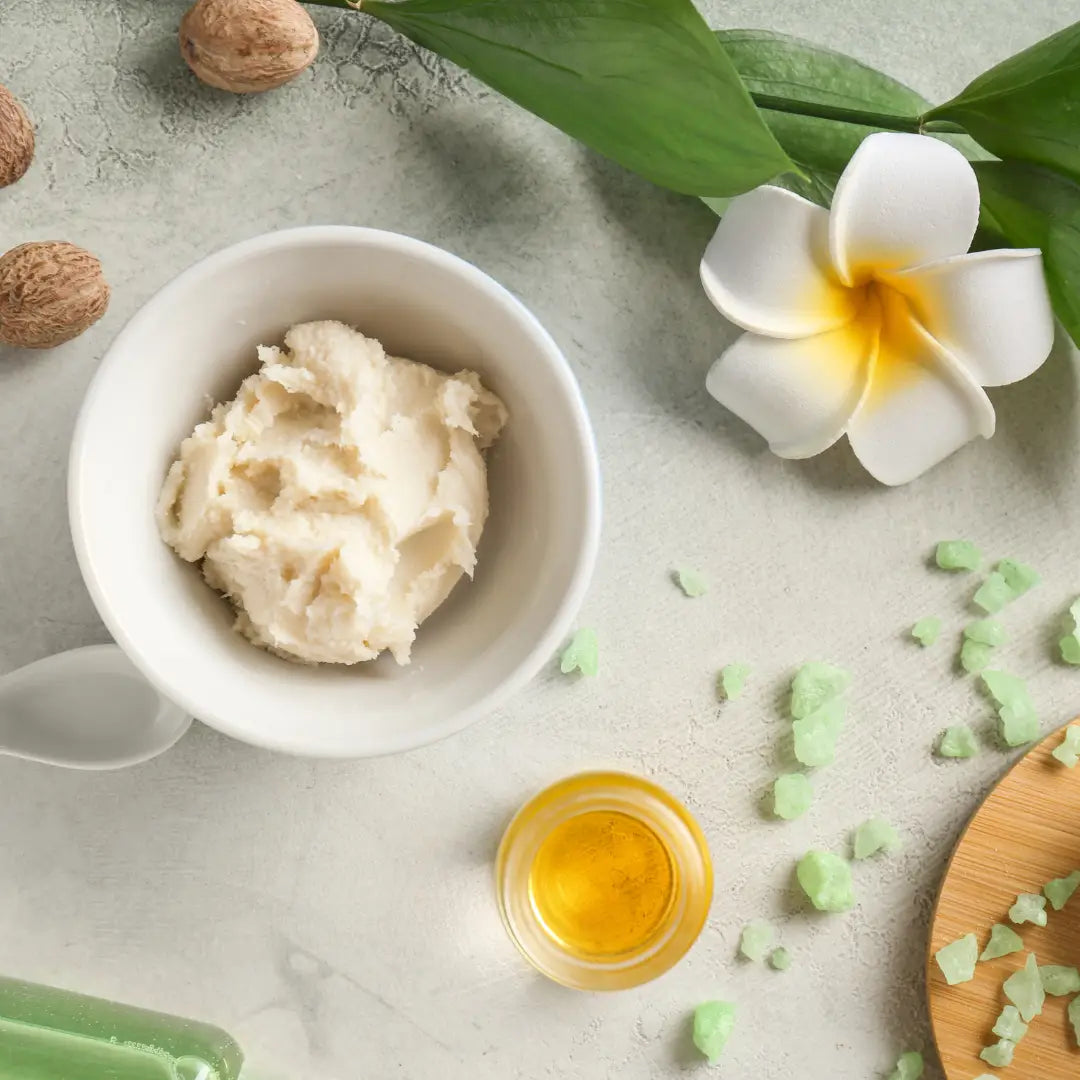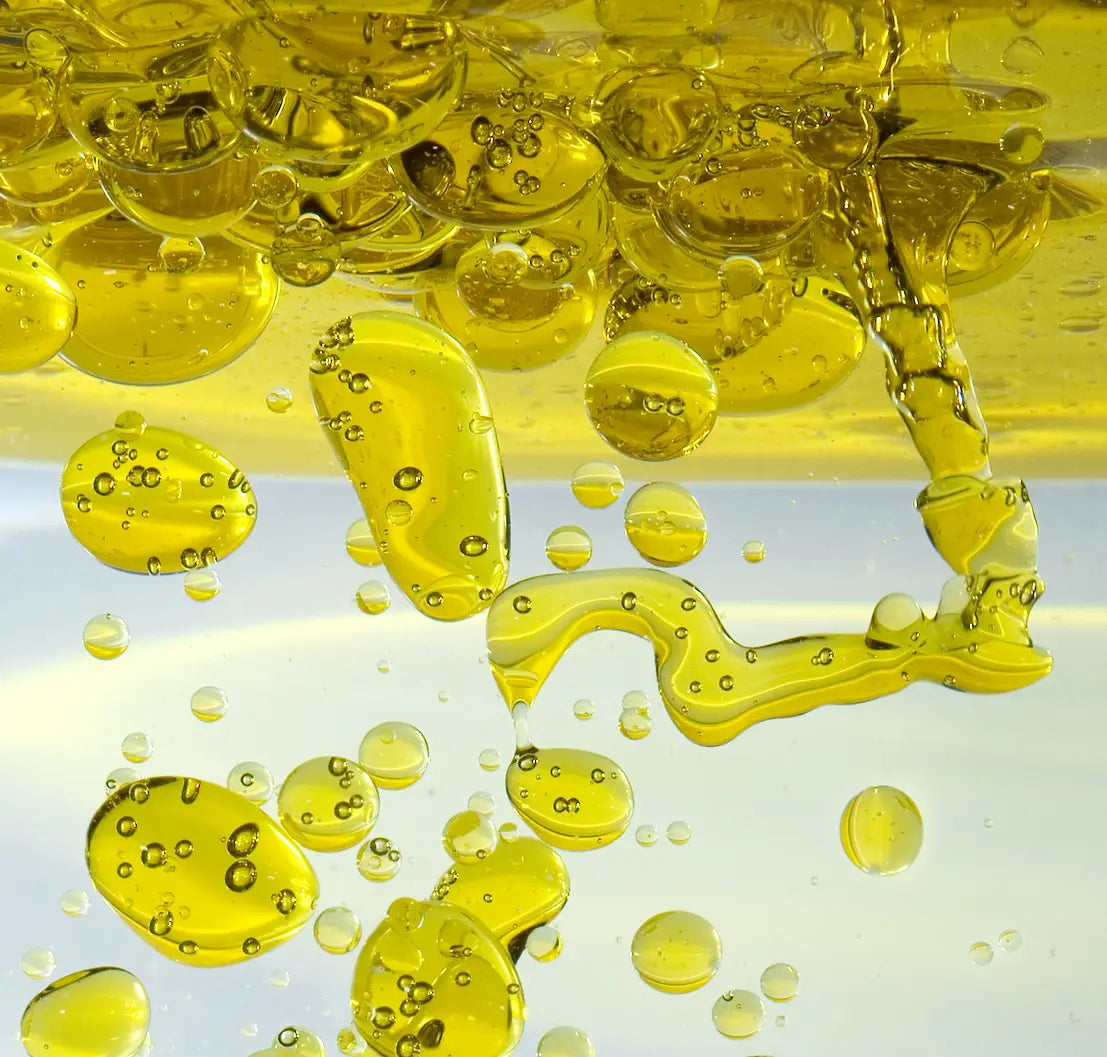Sodium cocoyl isethionate (SCI) is a solid surfactant which makes shampoos and soaps foam and cleanse.
What Is Sodium Cocoyl Isethionate?
Commonly known as Baby Foam due to its exceptional mildness, Sodium Cocoyl Isethionate Raw Material is a surfactant that is comprised of a type of sulphonic acid called Isethionic Acid as well as the fatty acid – or sodium salt ester – obtained from Coconut Oil. It is a traditional substitute for sodium salts that are derived from animals, namely sheep and cattle.
SODIUM COCOYL ISETHIONATE BENEFITS
Sodium Cocoyl Isethionate exhibits high foaming ability, producing a stable, rich and velvety lather that does not dehydrate the skin, making it ideal for addition to water-free products as well as skin care, hair care, and bath products. This high-performance surfactant, which is equally effective in both hard and soft water, is a popular choice for addition to liquid shampoos and bar shampoos, liquid soaps and bar soaps, bath butters and bath bombs, and to shower gels, to name a few foaming products. This lightly-scented and conditioning cleansing agent is gentle enough for use on the delicate skin of babies, making it an ideal surfactant for makeup as well as personal care products and natural toiletries. Its emulsifying property, which allows water and oil to mix, makes it a popular ingredient in soaps and shampoos, as it encourages dirt to attach itself to them, which in turn makes it easier for it to be washed away. Its deluxe foaming capacity and conditioning effects leave the hair and skin feeling hydrated, soft, and silky-smoothe.
USES OF SODIUM COCOYL ISETHIONATE
To incorporate Sodium Cocoyl Isethionate into a formulation, it is recommended that the chips be crushed prior to melting, as this helps to increase their melting rate. Next, Sodium Cocoyl Isethionate must be heated slowly on low heat in order to allow for easy mixing with other surfactants. It is recommended that the surfactant phase be mixed using a high shear stick blender. This approach helps to prevent the excess foaming that could potentially occur if the stick blender is used to mix all ingredients together at once. Finally, the surfactant mixture can be added to the rest of the formulation.
| PRODUCT TYPE & FUNCTION | EFFECTS |
|---|---|
|
When added to this kind of formulation Liquid Soap Shampoo Shower Gel Baby Products |
Sodium Cocoyl Isethionate functions as a (n):
It helps to:
The recommended maximum dosage is 10-15% |
|
When added to these kinds of formulations Bar Soap Bath Bombs Foaming Bath Butter/Bath Whip/Cream Soap Bubble Bars |
Sodium Cocoyl Isethionate functions as a (n):
It helps to:
The recommended maximum dosage is 3%-20% |



